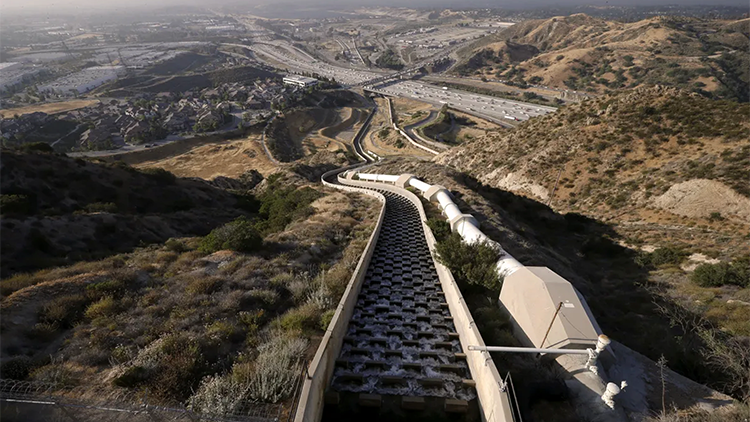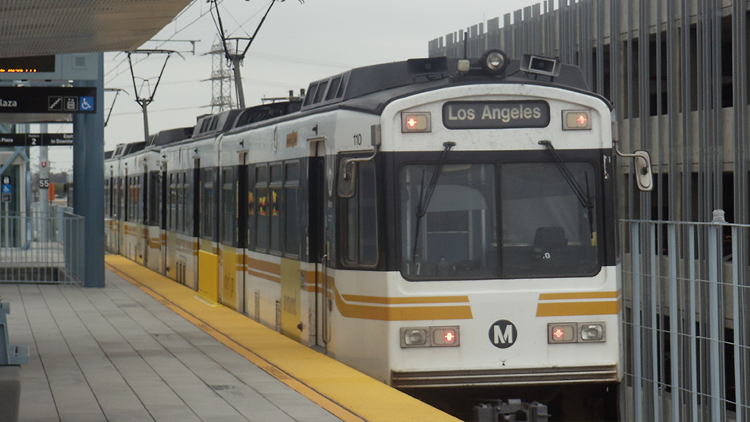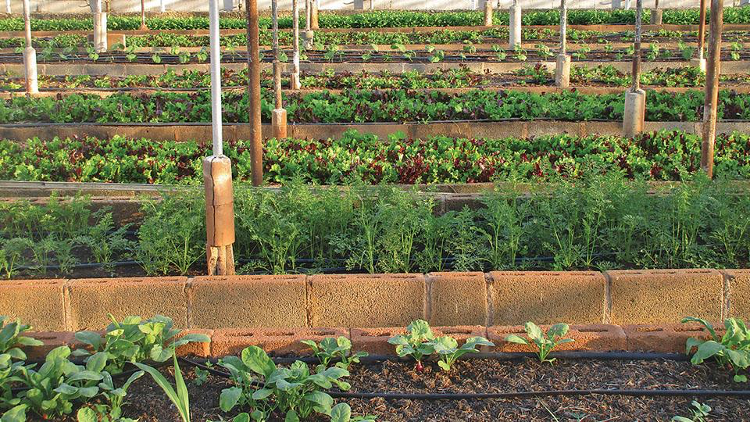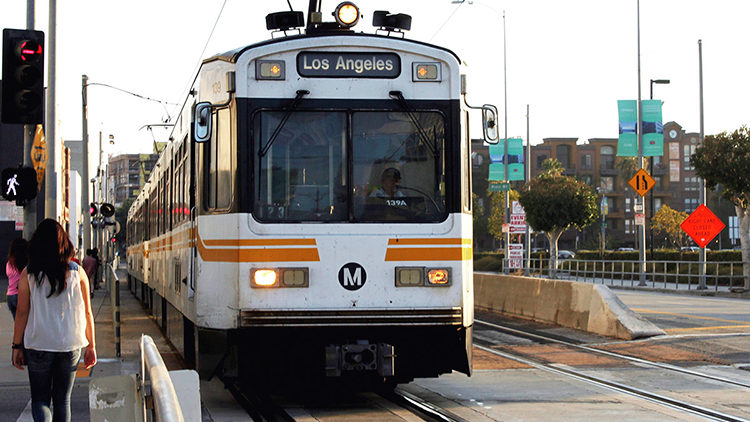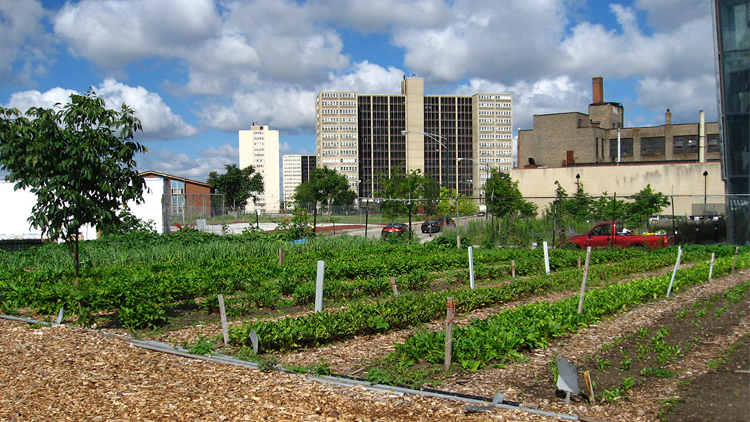
Los Angeles County contains 215 community water systems that are disconnected and fragmented. These water systems vary greatly in their local water resources including access to groundwater storage, stormwater capture, water re-use, infrastructure and potential for conservation. For instance, some systems contain more water resources than they need to meet their local demand. Other systems have limited resources and depend on a single source of imported water or groundwater aquifer. As a result, households face unequal access to affordable drinking water that is mainly determined by their geographical location. A feasible strategy to integrate these fragmented water systems is needed to address the inequities in pricing and ensure Los Angeles County can achieve 100% local water.
Award Year

